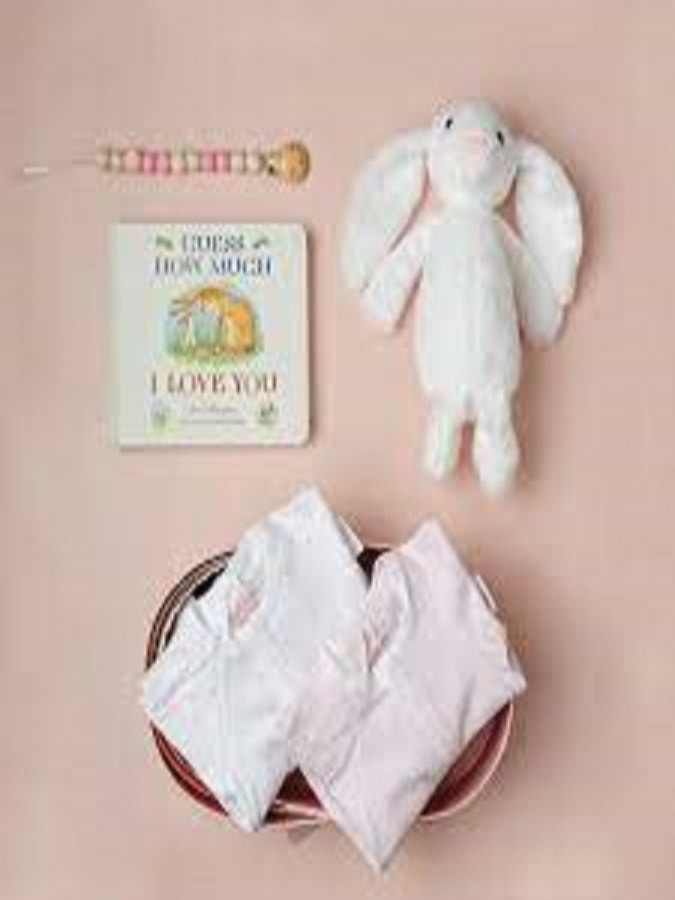 The Victorian era saw a return to more formal garden design in Britain, as the Industrial Revolution brought advances in technology that allowed for the creation of elaborate and ornate gardens. The Victorian garden was a reflection of the period’s obsession with order and control, with an emphasis on symmetry, structure, and meticulous attention to detail.
The Victorian era saw a return to more formal garden design in Britain, as the Industrial Revolution brought advances in technology that allowed for the creation of elaborate and ornate gardens. The Victorian garden was a reflection of the period’s obsession with order and control, with an emphasis on symmetry, structure, and meticulous attention to detail.
The history of garden design can be traced back to ancient civilizations such as Mesopotamia, Egypt, and Persia, Personalised Baby gifts where gardens were seen as symbols of power, prestige, and wealth. These early gardens were often enclosed by walls or hedges, with geometrical layouts, water features, and carefully manicured plants. The Hanging Gardens of Babylon, one of the Seven Wonders of the Ancient World, is a prime example of the grandeur and opulence of ancient garden design.
2. Stress reduction: Studies have shown that interacting with plants can help reduce stress and anxiety levels. Simply caring for and admiring your houseplants can have a calming effect on the mind and body.
One of the most famous Victorian gardens in Britain is Kew Gardens, which was established in the early 19th century and has since become a world-renowned botanical garden. Kew Gardens is home to a vast array of plants, trees, and flowers from around the world, as well as a series of ornate glasshouses and conservatories that showcase the diversity of plant life on Earth.
3. Humidity: If your home is on the dry side, consider placing a humidifier near your plants or grouping them together to create a more humid environment. You can also mist your plants with water regularly to increase the humidity levels around them.
The Tudor era is often regarded as the starting point for formal garden design in Britain. Influenced by Italian Renaissance gardens, Tudor gardens were characterized by their symmetrical layouts, geometric patterns, and elaborate topiary. These gardens were often seen as extensions of the grand estates on which they were located, serving as status symbols for their wealthy owners.
In addition to their air-purifying and mood-boosting benefits, houseplants can also enhance the aesthetic appeal of our homes. With a wide variety of shapes, sizes and colours to choose from, houseplants can be used to add a touch of greenery to any room, whether it be a small succulent on a windowsill or a large fiddle-leaf fig in a corner. Plants can also be used to create focal points and add interest to a space, transforming blank walls and empty corners into vibrant and inviting areas that reflect our individual style and personality.
Not only do houseplants improve air quality, but they also have a positive impact on our mental health and well-being. Studies have shown that being in the presence of plants can reduce stress and anxiety, improve mood and increase productivity. The simple act of caring for a plant can also provide a sense of purpose and fulfilment, as well as a connection to nature in our often busy and technology-driven world. By creating an indoor green oasis with houseplants, you can create a calm and soothing environment that promotes relaxation and mental clarity.
In the 17th and 18th centuries, garden design in Britain underwent a series of transformations, influenced by the rise of the English landscape movement and the Enlightenment ideals of naturalism and rationality. Landscape gardens, such as those created by Capability Brown and Humphry Repton, sought to mimic the beauty and harmony of nature, with sweeping vistas, rolling lawns, clumps of trees, and serpentine lakes. These gardens were designed to evoke a sense of calm and serenity, in contrast to the formalism of earlier styles.
1. Watering: One of the most common mistakes people make with houseplants is overwatering. Most plants prefer to dry out slightly between waterings, so be mindful not to water your plants too frequently. The best way to test if your plant needs water is to stick your finger into the soil - if it feels dry an inch below the surface, it's time to water.
3. Humidity: Tropical houseplants thrive in a humid environment. To increase humidity levels around your plants, you can mist them regularly, place a humidifier nearby, or group them together to create a microclimate.
When selecting a tropical houseplant for your home, it's important to consider the specific conditions of your space. Different plants have different light, temperature, and humidity requirements, so it's essential to choose a plant that will thrive in your environment.
Garden design has long been an integral part of British culture, with a rich history that dates back centuries. From the formal gardens of the Tudor era to the picturesque landscapes of the Romantic period, the evolution of garden design in the UK has been shaped by a myriad of influences, including changing tastes, advances in technology, and the natural environment itself.
3. Improved indoor air quality: Houseplants release oxygen and increase humidity levels in the air, which can improve overall indoor air quality. This is especially beneficial in homes with poor ventilation or in urban areas with high levels of air pollution.